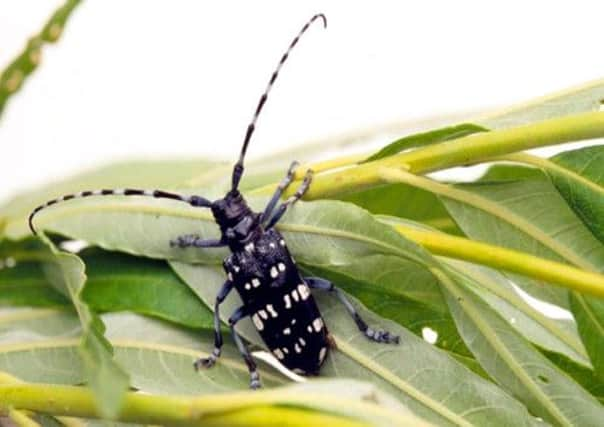Army of beetles seen climbing Ben Lomond to mate


Munro-baggers climbing 3,196 ft Ben Lomond, on the eastern shore of Loch Lomond, have reported thousands of longhorn beetles on its grassy summit.
National Trust for Scotland ranger Fraser McKechnie, who was carrying out path repair work on the hillside at the time and was told of the phenomenon, said today: “The two banded longhorn beetle has an annual lek of sorts on Ben Lomond. It seems to head for the summit when the sun shines.
Advertisement
Hide AdAdvertisement
Hide Ad“Lots of folk were complaining of masses of cleggs on the summit. It was of course, our friend, the harmless longhorn.”
Experts said the behaviour was not confined to Ben Lomond’s longhorn beetles - the same phenomenon has been observed at other sites across Scotland and in Wales and the Lake District.
It is thought to be caused by high pressure bringing gentle updrafts which carry the insects from wooded valleys up the mountains.
The two-banded longhorn beetle (Rhagium bifasciatum) is one of the most common longhorn beetles in Europe.
It can reach 22 millimetres (0.87 in) long and can be distinguished by the two prominent pale yellow bands on each of its wing cases. It lays its eggs in dead wood, mostly of conifers, where the larvae bore deep, broad tunnels until they are ready to pupate after about two years.
The adults feed on a wide variety of coniferous and broad-leaved trees.